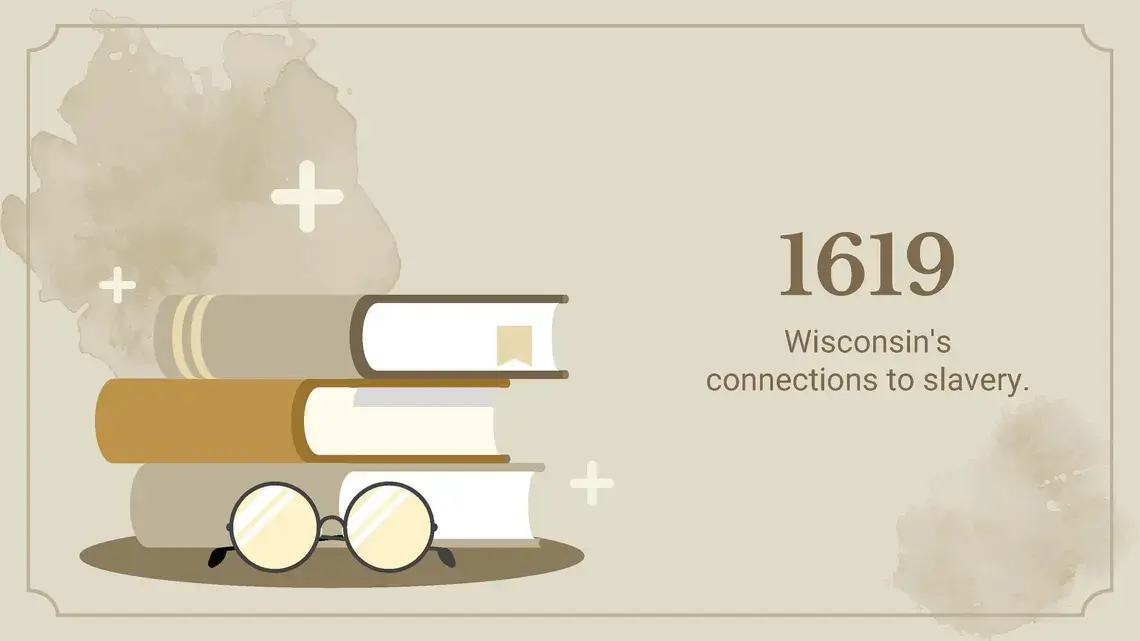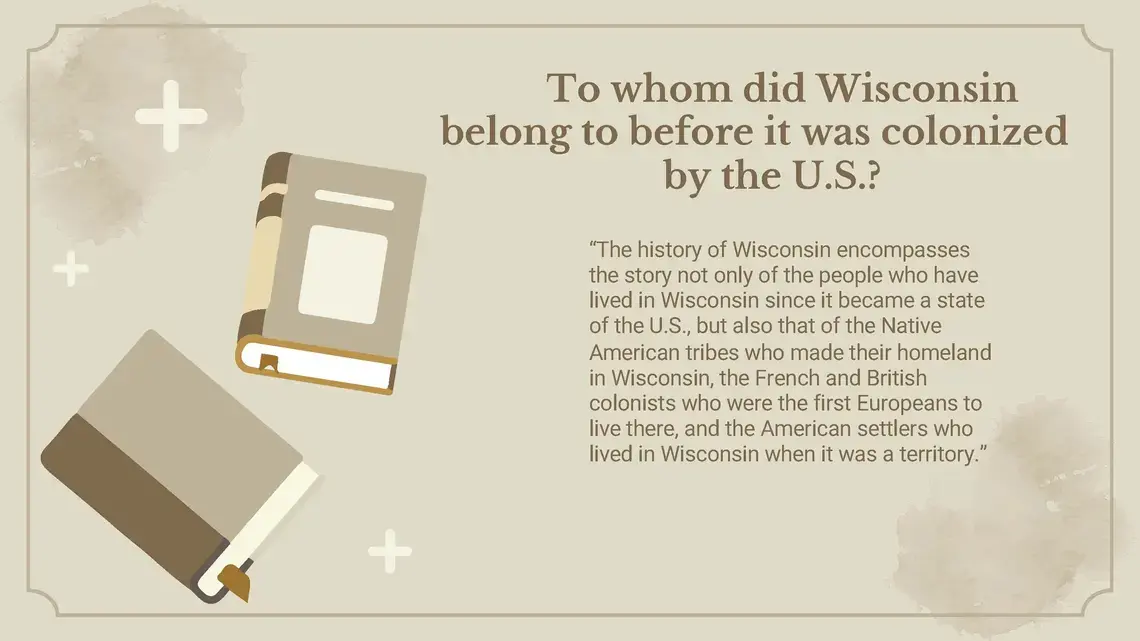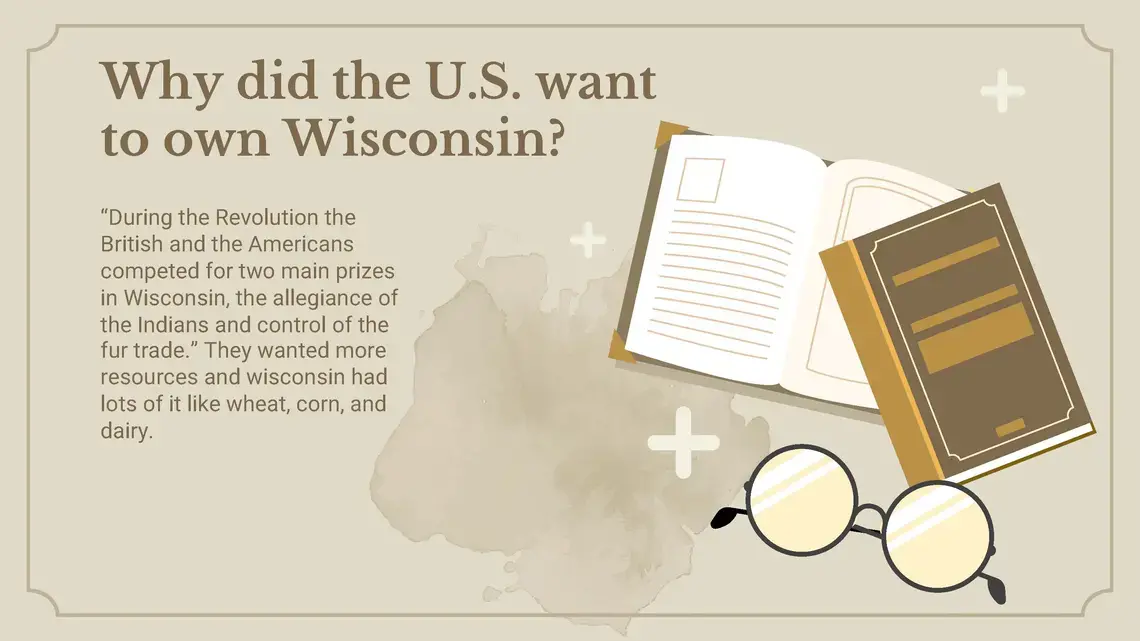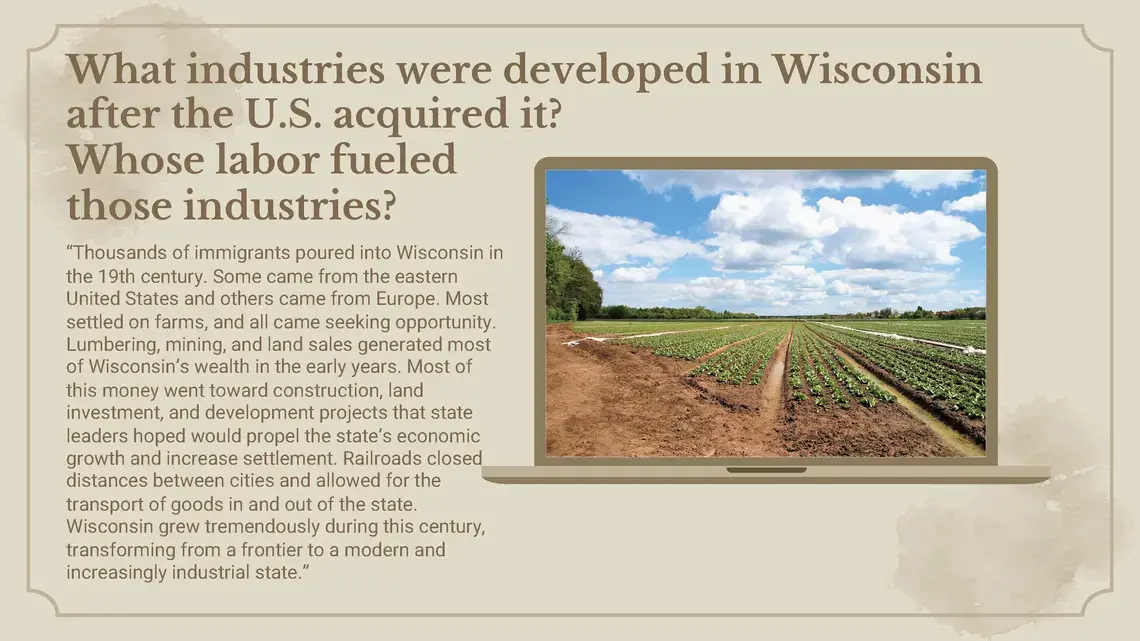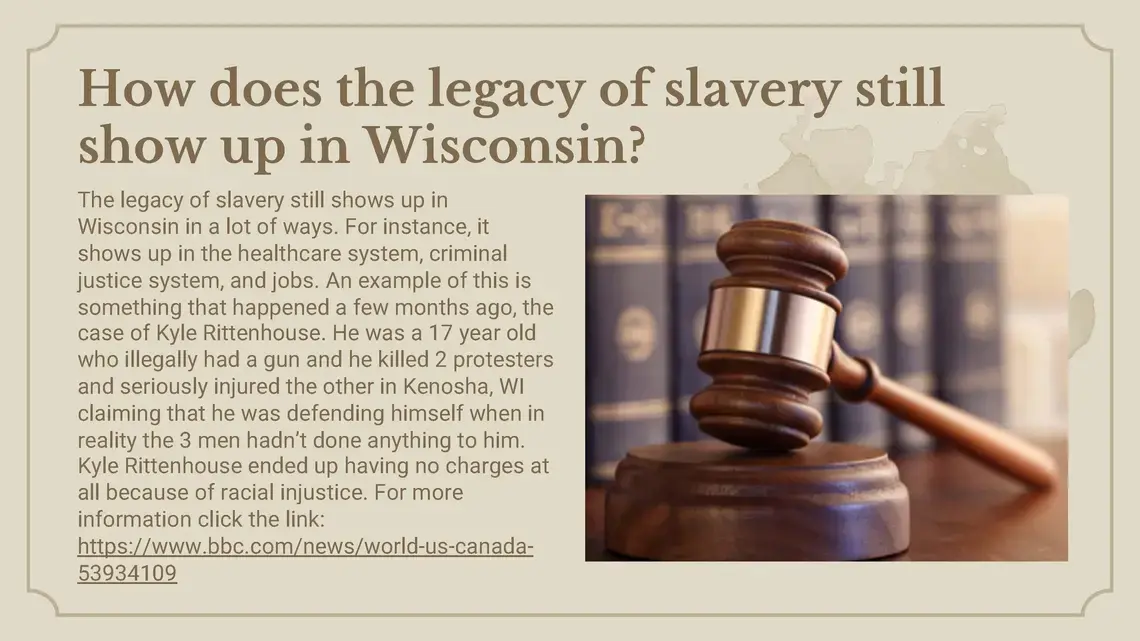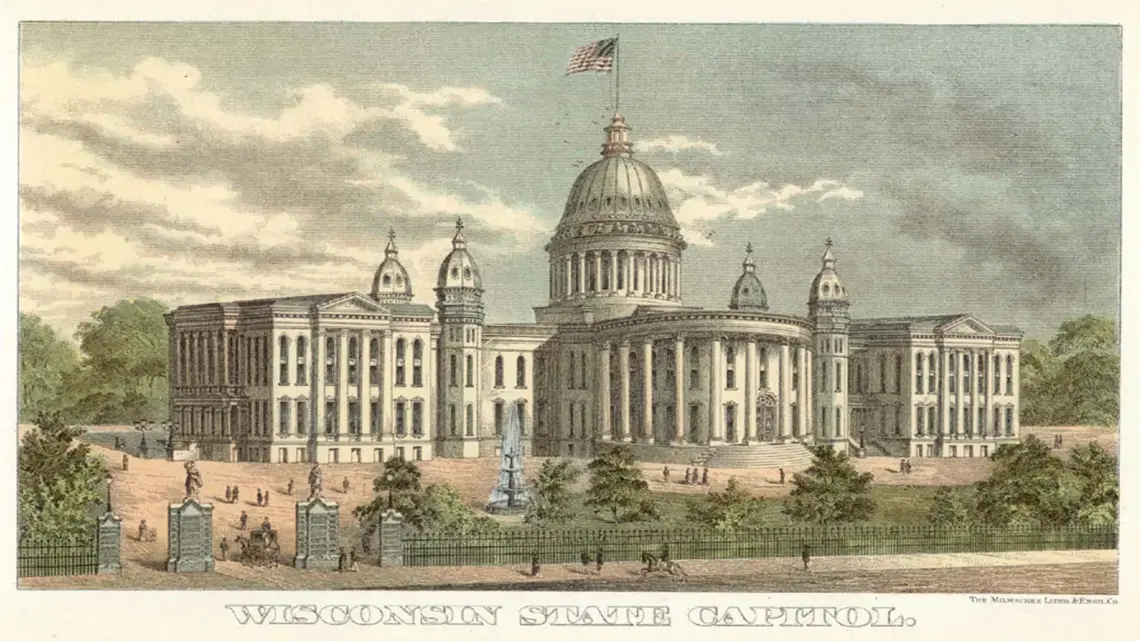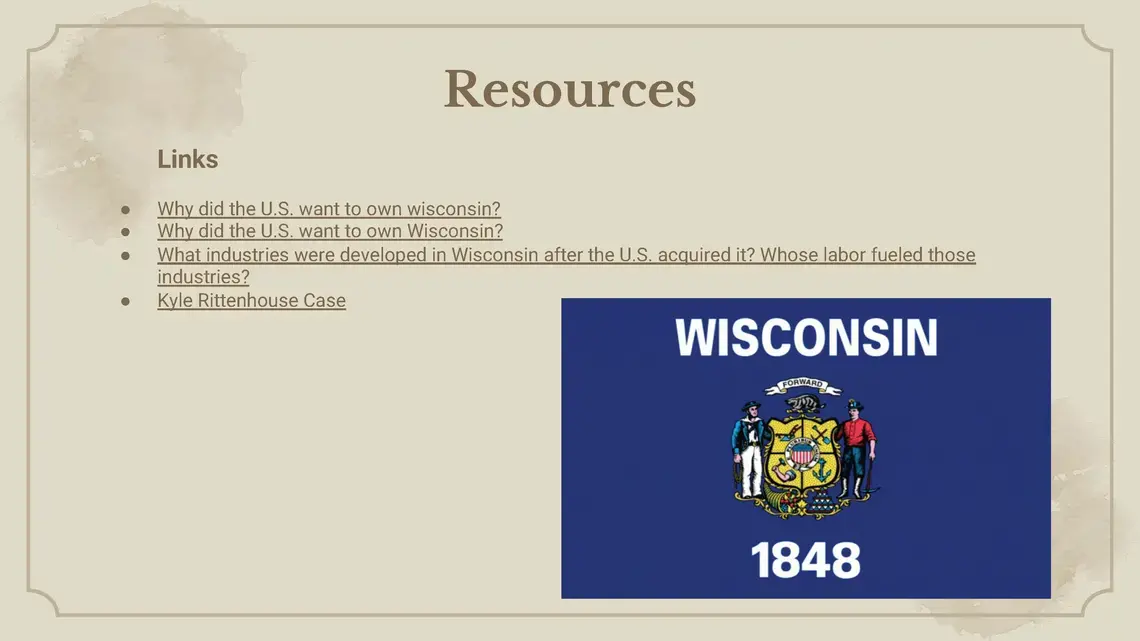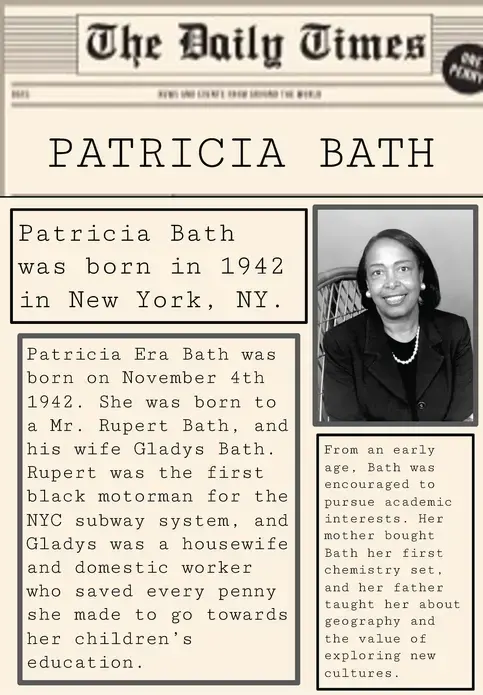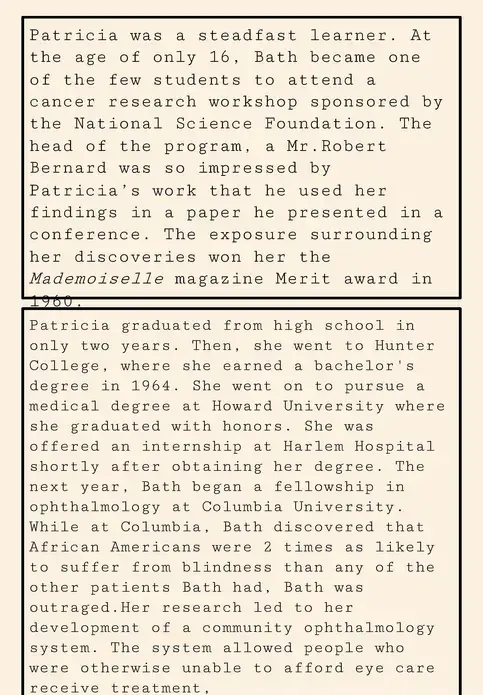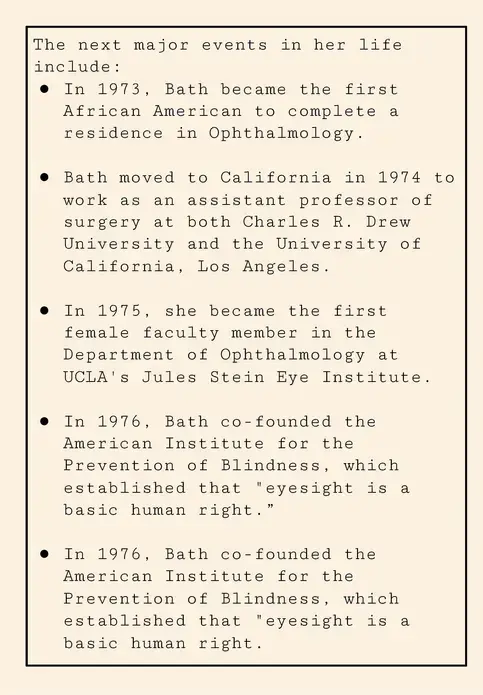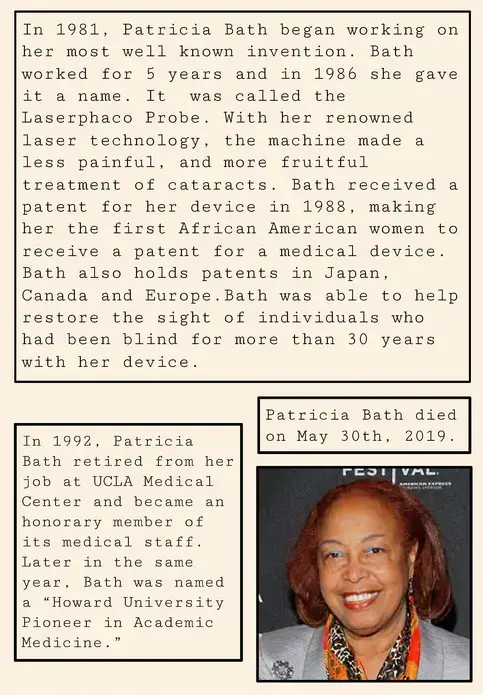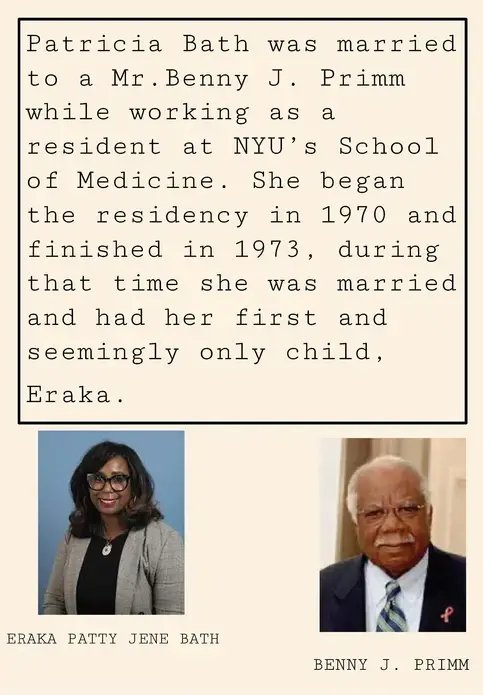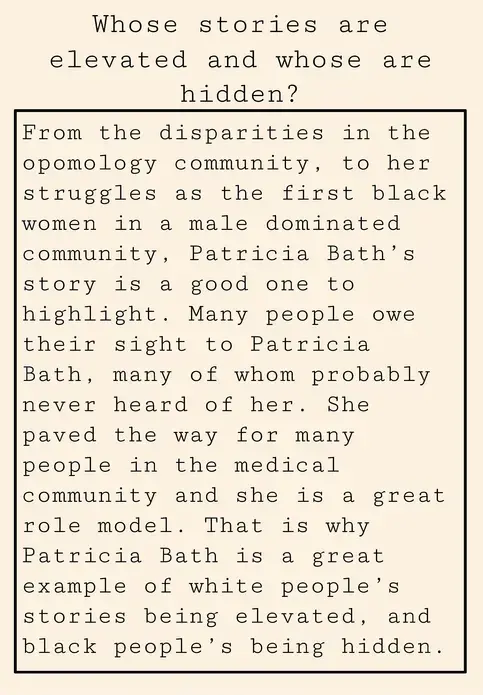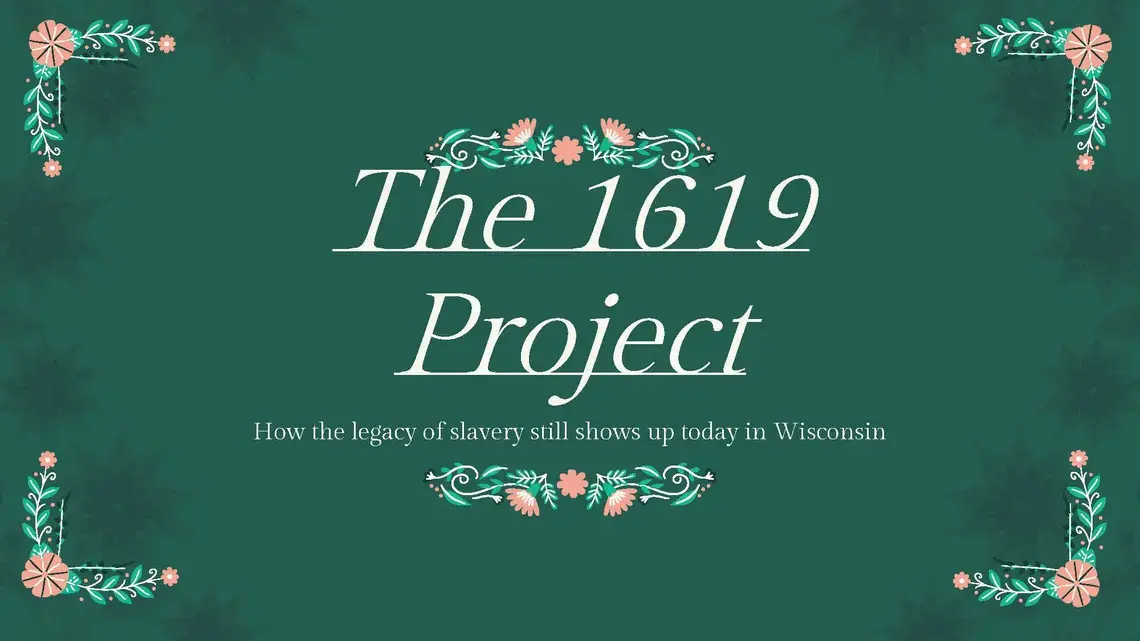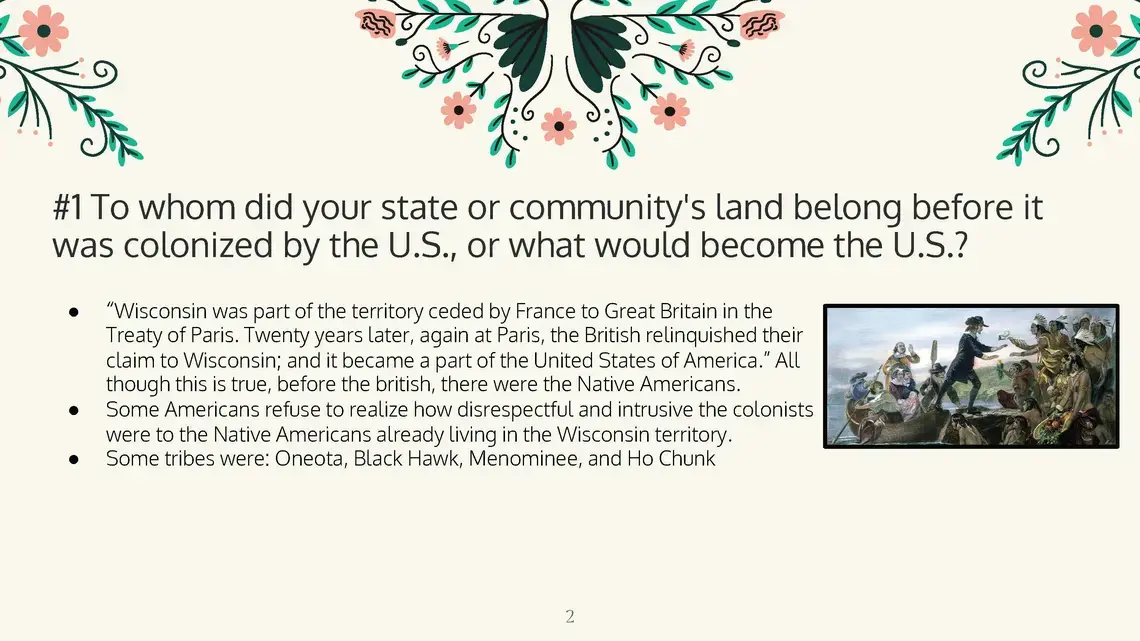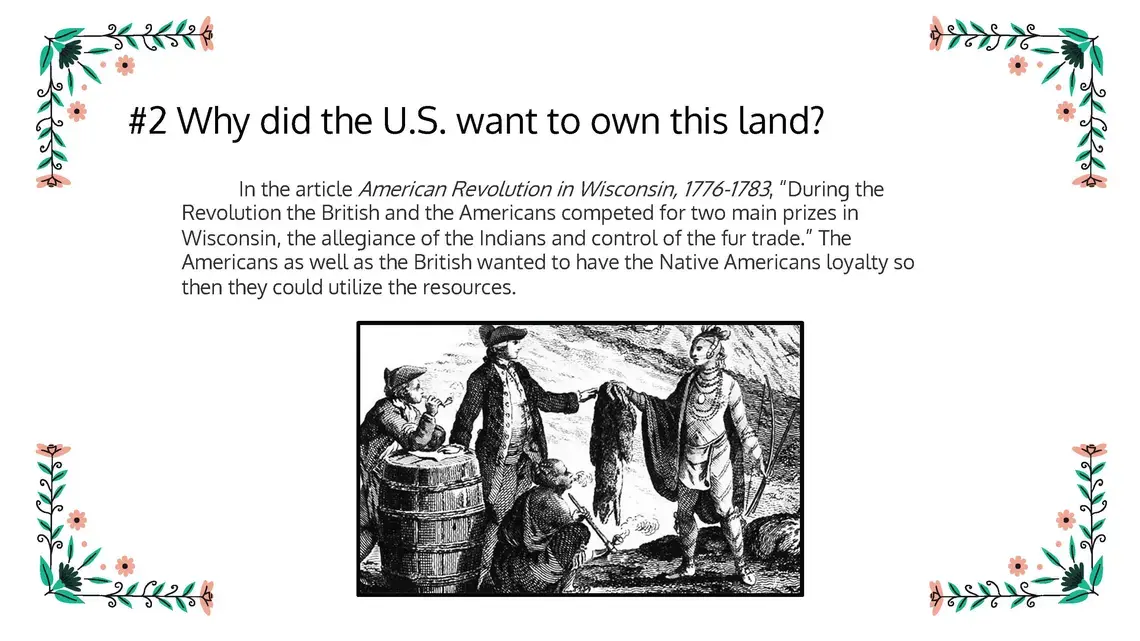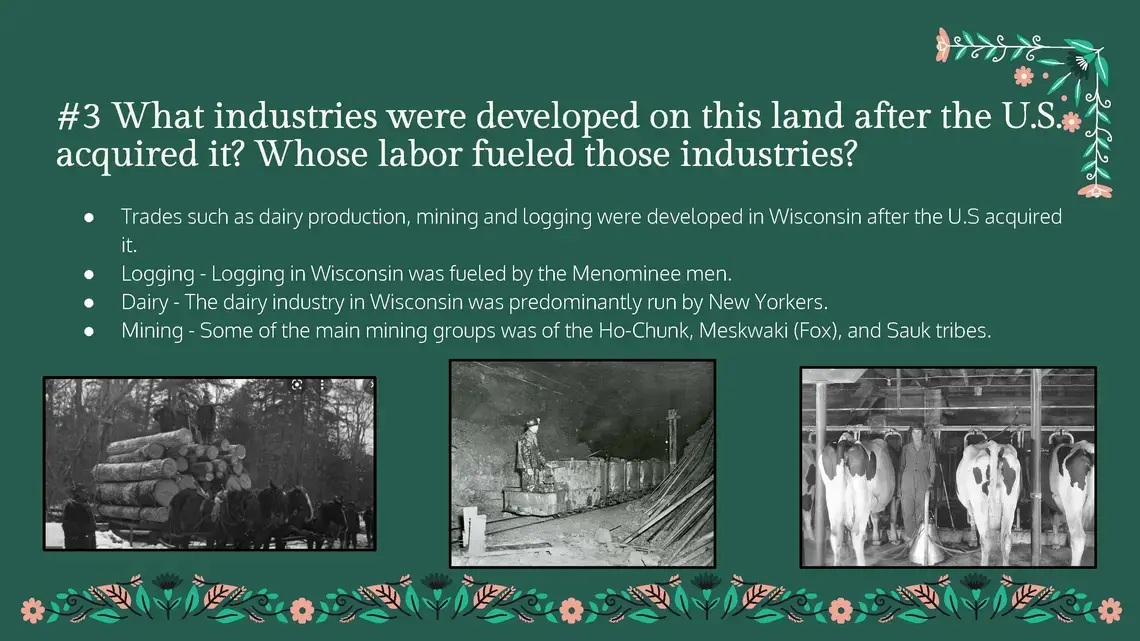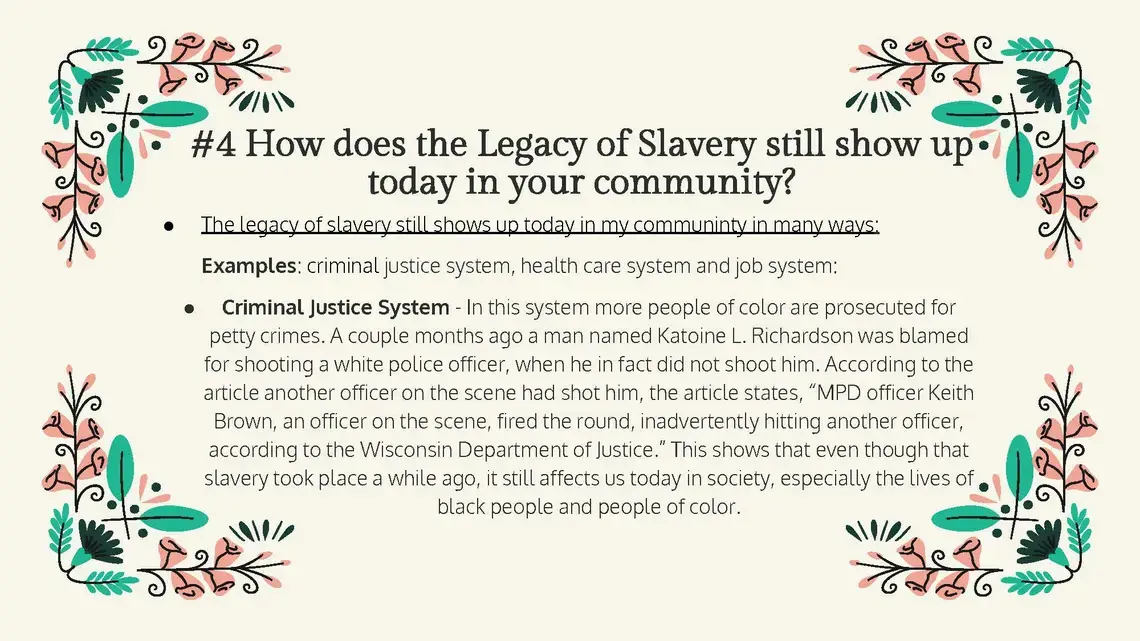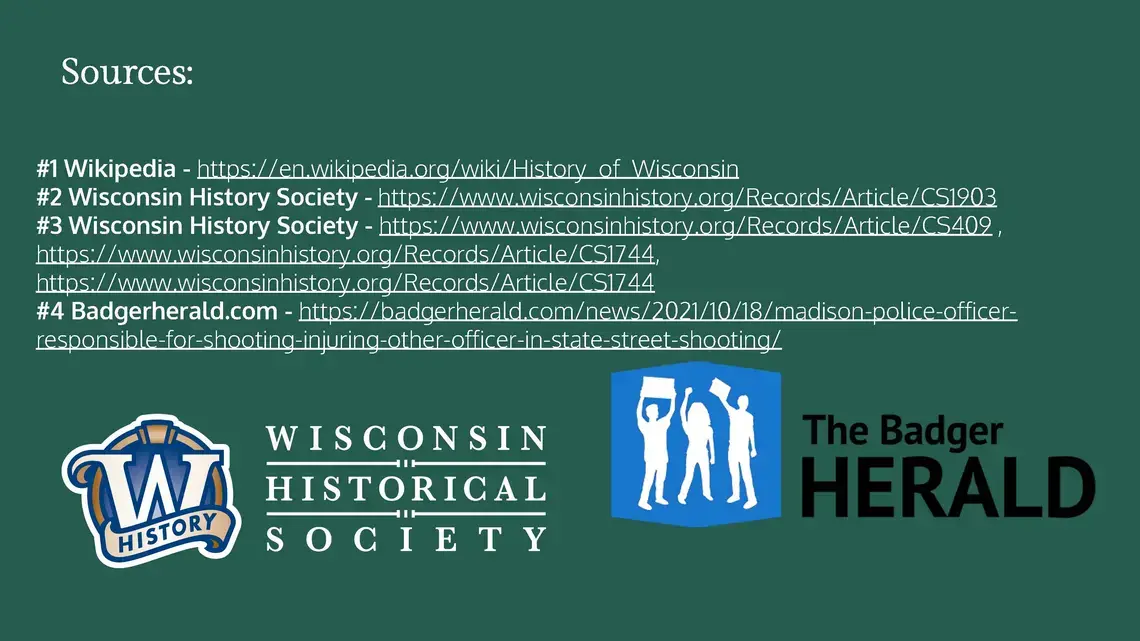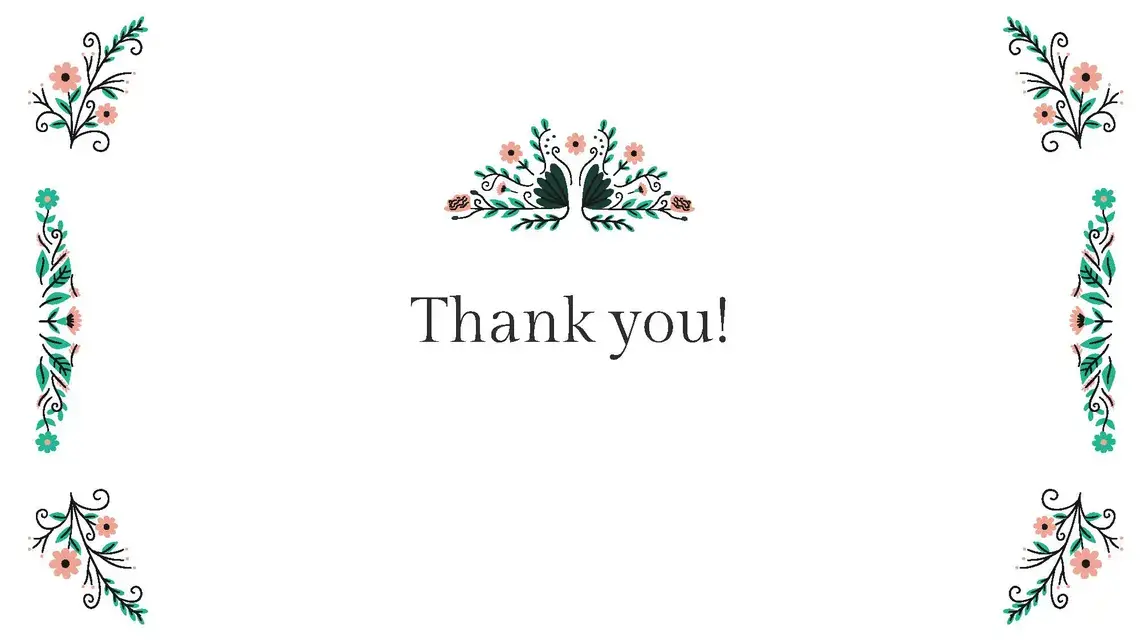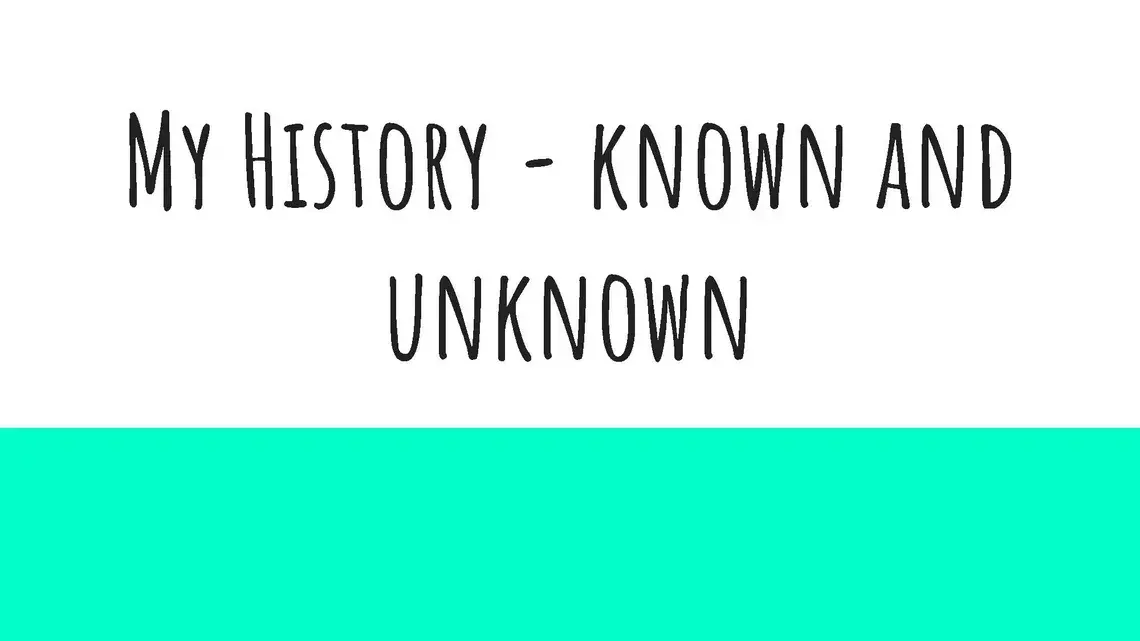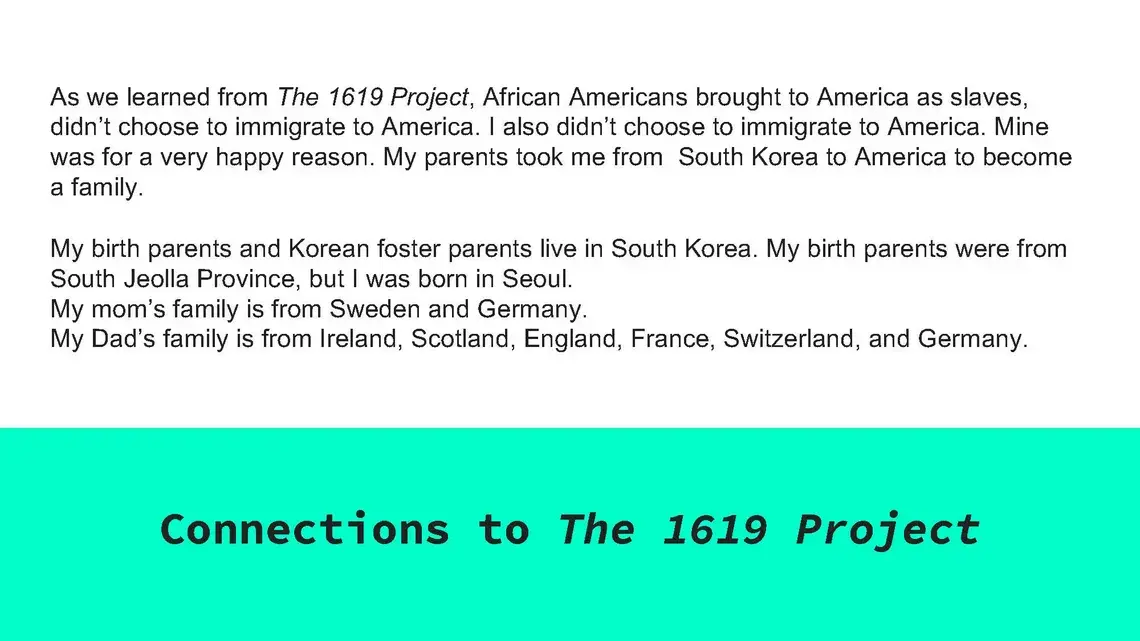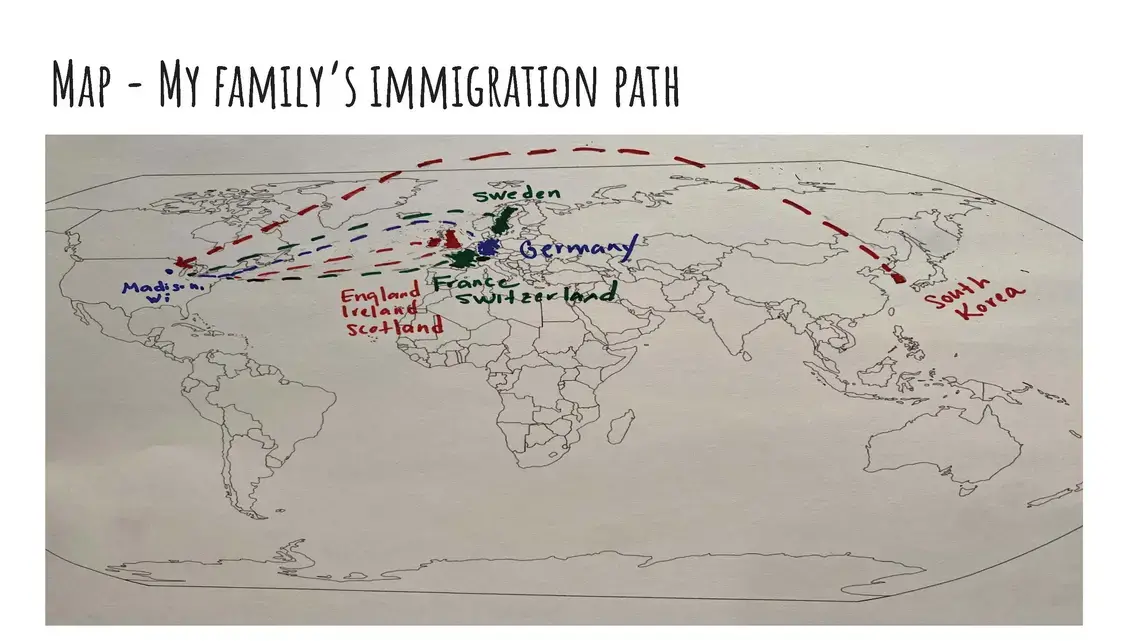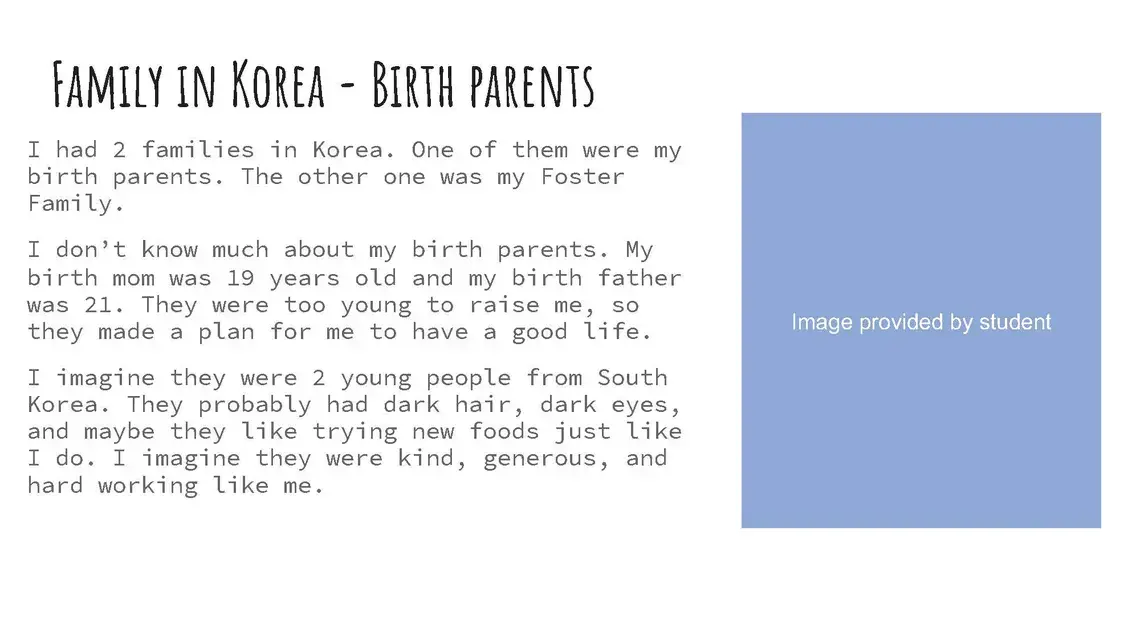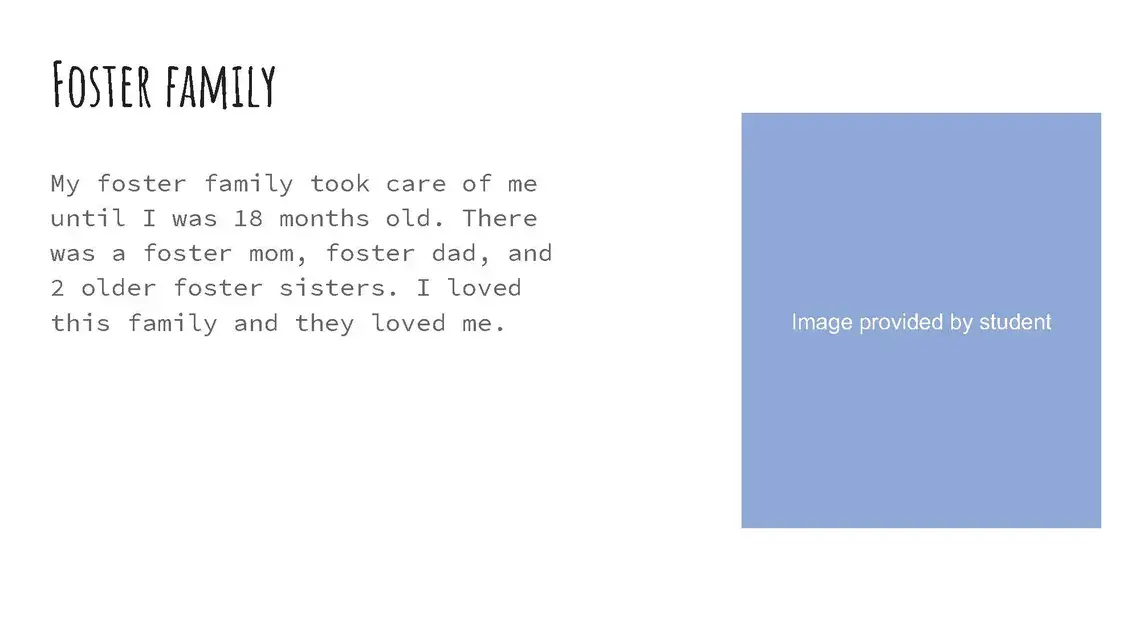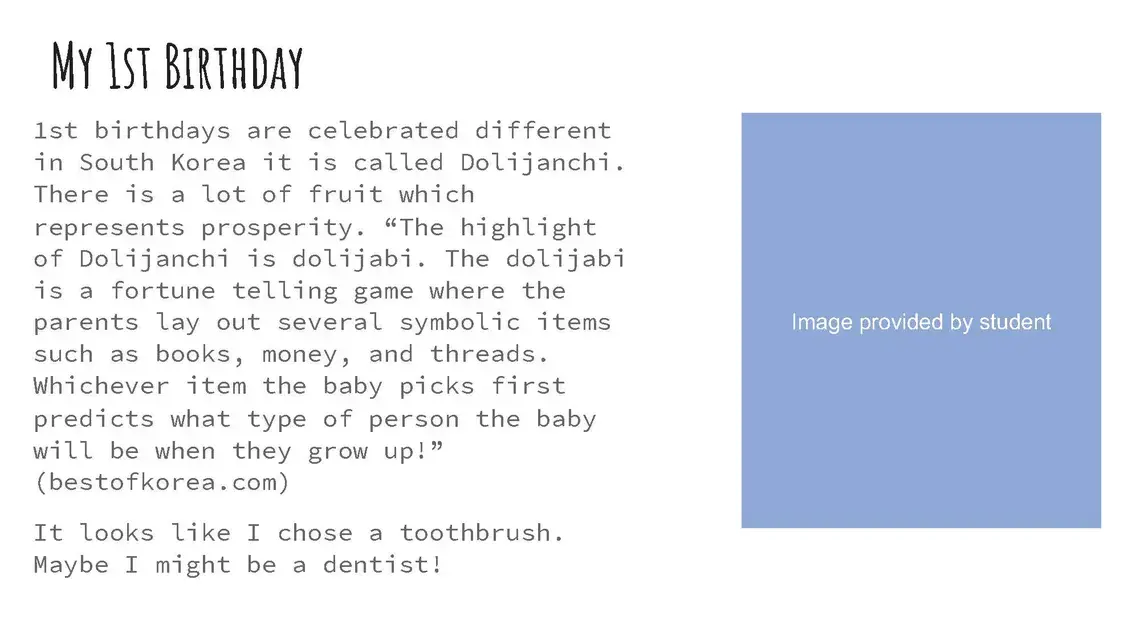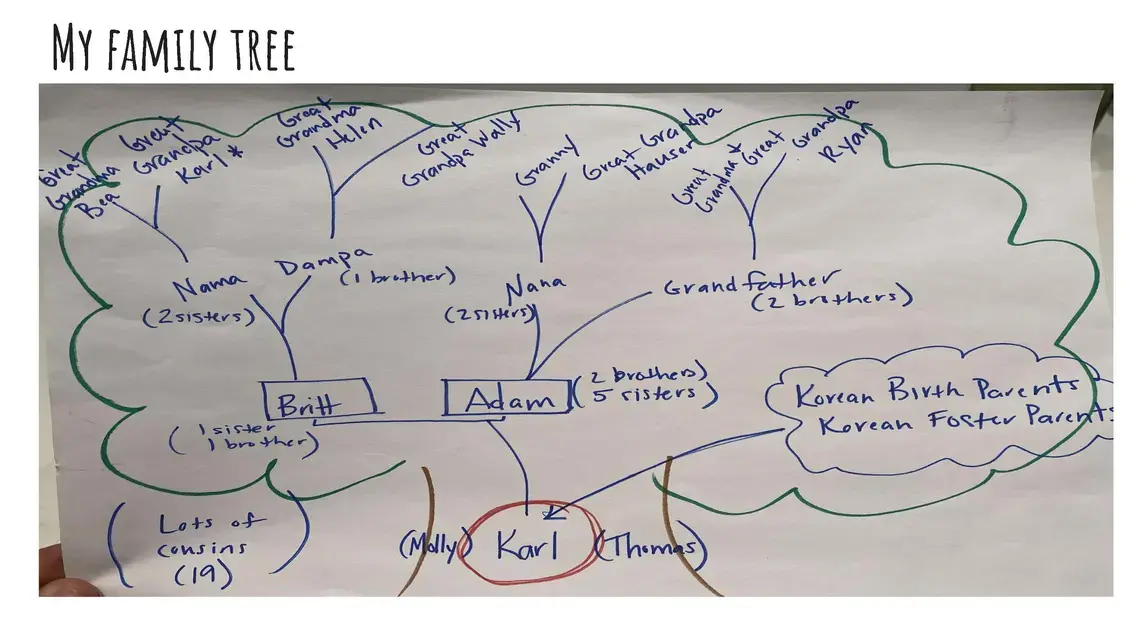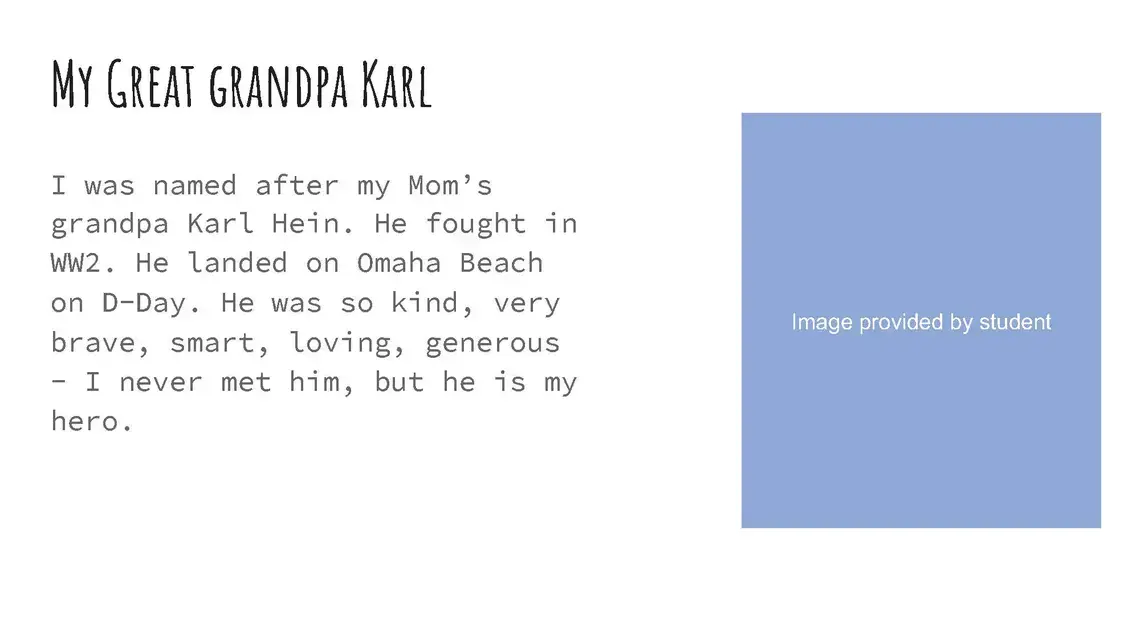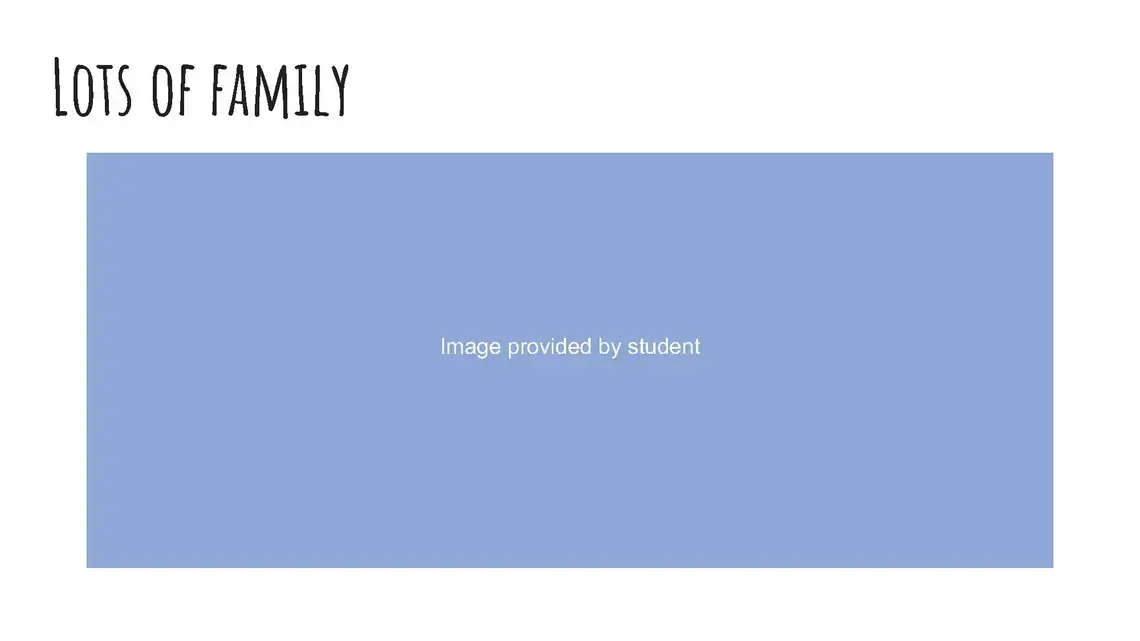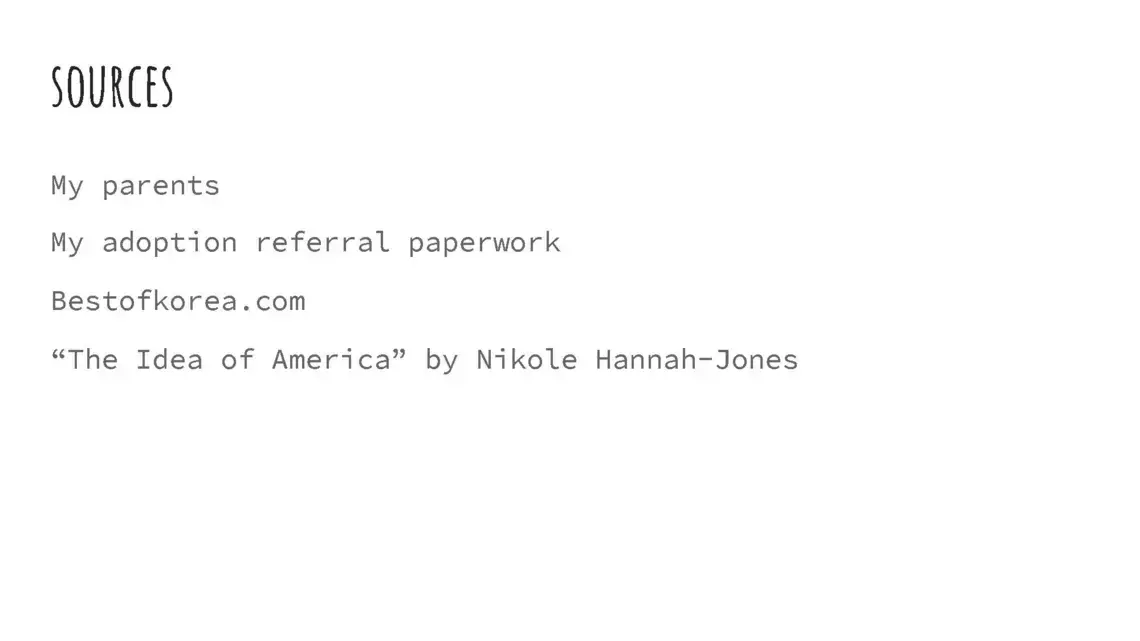This unit was created by educators in in Cherokee Heights Middle School, as part of the 2021 cohort of The 1619 Project Education Network. It is designed for facilitation across approximately fifteen class periods or three weeks.
Objectives
Students will be able to...
- Explain (in writing and speaking) an answer to ONE of the essential questions below using evidence from research
- Present claims and findings, emphasizing salient points in a focused, coherent manner with pertinent descriptions, facts, details, and examples
- Use appropriate eye contact, adequate volume, and clear pronunciation
- Include multimedia components and visual displays in presentations to clarify claims and findings and emphasize salient points
- Determine the central ideas or information of a primary or secondary source
Essential Questions:
1. How does the legacy of slavery still show up today?
2. What would it mean to start our study of American history with the year 1619? Why is that significant?
3. Which stories in history are elevated, and which are hidden? Why?
Unit Overview
In this unit, students build on what they learned in the unit in the unit The 1619 Project: Building Background by reading the book Born on the Water by Nikole Hannah-Jones and Renée Watson, making connections to themes from the unit The 1619 Project: Building Background, and then completing a project that demonstrates their learning from both units. Students will select a project that will require them to apply details from the unit, and their own research, to respond to one of the essential questions for the unit.
Students will choose from four project options outlined, and then will evaluate each others' final projects using a peer evaluation form. Students can also demonstrate their learning in their own way if approved by the teacher.
Performance Task
Students use the project packet and one of the project choices to complete one of the following projects:
Choice 1: Mapping Your Community's Connections to Slavery (Graphic organizer)
Choice 2: Constructing Your Family History: Oral or Imagined History (Graphic organizer)
Choice 3: Highlighting Black American Innovators: Research, Visuals, and Presentations (Graphic organizer)
Choice 4: Writing your own Children’s Book (Credit to Engage NY for Graphic Organizers)
a. Graphic Organizer for Born on the Water
c. Storyboard
Students are also invited to explore one of the following stories that connect to themes from The 1619 Project to use as the inspiration for their own projects:
> Shot: Caught a Soul by Gloria Browne-Marshall
> After Lockdown, Challenges Remain for North Carolina's Ex-Offenders
> Analysis of Police Misconduct Record Laws in All 50 States
> Residential school survivors reflect on a brutal legacy: ‘That could’ve been me.’ by Daniella Zalcman
15-day unit plan for teachers, including pacing for students to review and prepare their projects, texts and multimedia resources, project choices and accompanying graphic organizers, and peer feedback forms for final presentations. Download below, or scroll down to read the complete unit plan.
Unit Resources
| Resources from The 1619 Project | Born on the Water by Nikole Hannah-Jones and Renée Watson, illustrations by Nikkolas Smith The 1619 Project: NYT Magazine Publication The 1619 Podcast from the New York Times |
| Pulitzer Center Resources | 1619 Project Reading Guide The 1619 Podcast Listening Guide |
| Additional Tools for Learning | Global African History Timeline from Blackpast.org Socratic Seminar Structure from Facing History Active Listening Protocol from Learning For Justice |
Common Core Standards:
RI 7.1, RI 7.2 - (Evidence from the text, summary of the text)
SL 7.1 - (engage in collaborative discussion).
Wisconsin social studies standards addressed:
Inquiry Practices and Processes (all project choices)
1. Construct meaningful questions that initiate an inquiry.
2. Gather and evaluate sources.
3. Develop claims using evidence to support reasoning.
4. Communicate and critique conclusions.
5. Be civically engaged.
History (all project choices)
1. Use historical evidence for determining cause and effect.
2. Analyze, recognize, and evaluate patterns of continuity and change over time and contextualization of historical events.
3. Connect past events, people, and ideas to the present, use different perspectives to draw conclusions, and suggest current implications.
4. Evaluate a variety of primary and secondary sources to interpret the historical context, intended audience, purpose, and/or author’s point of view (Historical Methodology).
Geography (project choices 1 and 2)
1. Use geographic tools and ways of thinking to analyze the world.
2. Analyze human movement and population patterns.
3. Examine the impacts of global interconnections and relationships.
4. Evaluate the relationship between identity and place.
5. Evaluate the relationship between humans and the environment.
Performance Task
Students use the project packet and one of the project choices to complete one of the following projects:
- Choice 1: Mapping Your Community's Connections to Slavery
- Choice 2: Constructing Your Family History: Oral or Imagined History
- Choice 3: Highlighting Black American Innovators: Research, Visuals, and Presentations
- Choice 4: Writing your own Children’s Book
- Graphic Organizer for Born on the Water
- Organizing your own book
- Storyboard


